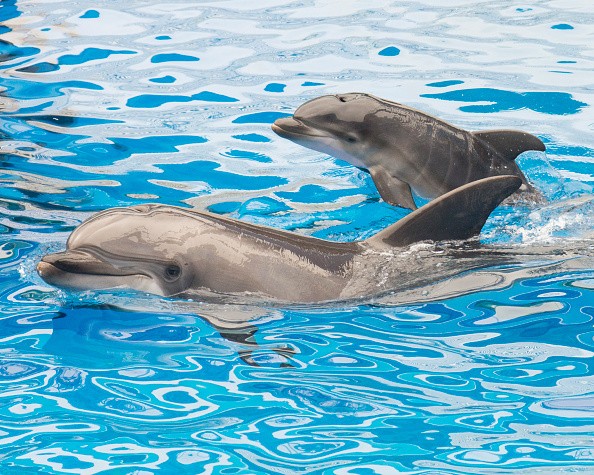A dolphin's existence often depends on its ability to accelerate and change its swimming into high gear, whether it's hunting for meals or avoiding predators, ship strikes, or other threats.
However, burning all that rubber consumes a lot of energy, which can deplete reserves necessary for growth, health, and reproduction over time if the animal's motions consume more calories than it can consume.
Aquatic Locomotion

Swimming or aquatic locomotion is biologically powered mobility in a liquid medium. Cilia and flagella make up the most basic propulsion systems. Swimming has developed in various creatures, including arthropods, fish, mollusks, reptiles, birds, and mammals, several times.
Estimating these energy costs of locomotion (COL) and determining where the metabolic tipping point may be is critical for resolving fundamental issues regarding dolphin physiology and ecology and comprehending the effects of human disturbance on them. Because determining the mobility costs in wild dolphins is challenging, previous studies have calculated them using the number of fluke strokes per minute. It's an imperfect estimate of swimming effort since not all fluke strokes have the same magnitude.
Related Article : Dolphin Population Becomes Extinct After Last Member Got Entangled in Fishing Gear
Acceleration
Using total dynamic body acceleration (ODBA), an integrated assessment of all body motions a dolphin makes while swimming, and a new Duke University-led study gives a more accurate technique to quantify energy expenditure in dolphins.
"While researchers have utilized movement tags to assess ODBA in other species," study leader Austin Allen, a postdoctoral researcher in marine biology at Duke's Nicholas School of the Environment, stated, "this is the first published study calibrating ODBA with energy expenditure in several dolphins." The study was published in the Journal of Experimental Biology on February 24.
Allen and his colleagues conducted swim trials on six trained bottlenose dolphins at Dolphin Quest, a zoological institution in Oahu, Hawaii, in May 2017, 2018, and 2019 as a proxy for quantifying the cost of mobility in wild animals.
Assessment

They assessed each dolphin's oxygen consumption while at rest and immediately after it swam an 80-meter underwater lap around a lagoon using a non-invasive instrument known as a pneumotachometer. Non-invasive biologging tags were also employed to capture each animal's three-dimensional body motions during the trial-for example, whether it was slowing down to make a turn or accelerating up in the middle of a lap.
A pattern began to develop when the data was analyzed.
"While there was considerable individual variance, the data demonstrated a substantial link between oxygen consumption and body acceleration, suggesting that ODBA can be a good proxy for COL," Allen stated.
"Working with dolphins in zoos or aquariums allows us to estimate the cost of movement in wild populations using data we've previously obtained with these tags in the field," he added.
Fore more news about the animal kingdom, don't forget to follow Nature World News!
© 2025 NatureWorldNews.com All rights reserved. Do not reproduce without permission.





